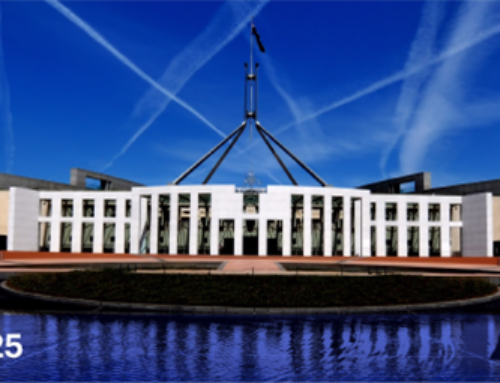Interest rate announcement – February 2019
Today the Reserve Bank of Australia met to review the official cash rate. After last cutting rates in August 2016, the RBA have again decided to keep the cash rate on hold at 1.50% this month. Inflation is at 2.1% which is within the RBA’s target range of between 2% to 3%.
Now that we have well and truly entered the New Year, now is the time to start setting goals for what you want to achieve in 2019! A lot of people set goals that are based around a financial accomplishment, such as saving up a home deposit to purchase a property, a new car, a holiday or hoping to pay off existing debt. Regardless of what you are saving for, the process is the same.
Check out the MoneySmart Savings Goals Calculator
The first step: current expenses
The first step is to get an idea of your current spending. This does not need to be complicated. To do it effectively we recommend breaking it into three main categories as follows:
Fixed Expenses
The Fixed Expenses are the regular bills you pay like your loan repayments, electricity, insurances etc. These are easy to estimate as you can quickly scan the last few months of bank statements. These fixed expenses will show up regularly. It is important to keep in mind that some of these regular expenses aren’t billed monthly like car registration and council rates for example. Some fixed expenses can be reduced as you could be paying a higher rate than necessary on your home loan, your insurance premiums and utility providers like electricity, phone and internet providers. It pays to shop around for these and Harvest can help you with your home or investment loan to find you a better deal.
Living Expenses
Your Living Expenses are a little trickier (although still not hard). This includes things like groceries, petrol, and money for entertainment. These expenses do vary week to week, so we recommend taking an educated guess. Think about what you think is reasonable. This does not need to be perfect. The great thing about this approach to managing your cashflow is that it is so easy to adjust as you go.
The second step: the account set-up
Once you have a figure for how much needs to go towards bills, and how much needs to go towards Living, the second step is to set up separate bank accounts for each of these.
Having separate bank accounts gives you clarity on what you can and can’t afford to spend.
The third step: start saving
Hopefully, after you have allocated funds for the bills and living, there is still some money left. We would first suggest paying off debts like credit cards and personal loans as interest rates on these are notoriously high. Once these are paid off, cancel these as soon as possible. After this is done, we can then look to allocate savings to other things, and this is where it gets exciting.
- If you want to purchase your first home, save each week in a specialised savings account to build up the deposit.
- If you want to go on an annual holiday, set aside money into a holiday account.
- If you want to send the kids to private school, then an account for that should be set up.
Remember the goal isn’t to have the perfect system on day 1, its to get started.
Our Current Best Interest Rates
The best home loan rates we currently have available:
- Variable rate of 3.64% pa (comparison rate: 3.66% pa)
- 1 year fixed rate of 3.49% pa (comparison rate: 4.33% pa)
- 2 year fixed rate of 3.69% pa (comparison rate: 4.95% pa)
- 3 year fixed rate of 3.79% pa (comparison rate: 4.41% pa)
- 5 year fixed rate of 3.99% pa (comparison rate: 4.00% pa)
Assumptions: <$500,000 loan, owner-occupied purchase, principle & interest, LVR < 80%.





